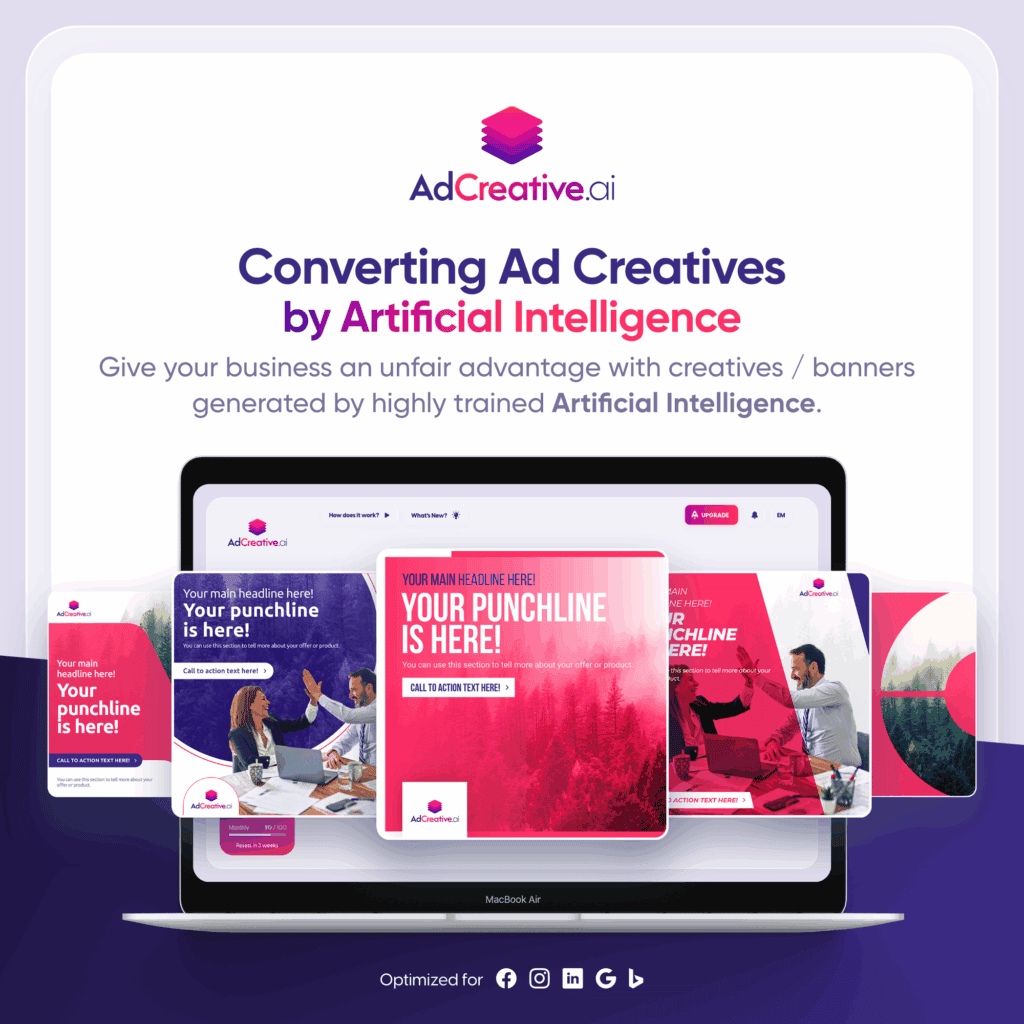HTML5 Ads – The New Gold Standard

The advertisements you’re seeing online today are more and more likely to be built with HTML5 as opposed to any other technology. There’s been a paradigm shift to HTML5 for ad distribution. The roots of this change lie in a few key historical decisions and with several benefits of the HTML5 specification.
First, some history. Flash used to be the technology of choice for providing advertisements. You could take all of your assets and wrap them up in one SWF package for distribution. However, playing a Flash ad did require the extra overhead of requiring a browser plugin. In addition, the packaged files could be a fairly sizeable chunk of code.
While both of these are minor considerations, the release of the first iPhone in 2007 had major ramifications. Apple never supported Flash on their mobile devices. Android devices, released a year later, continued this trend of Flash abandonment. With such a large percentage of today’s web usage occurring on mobile or tablet devices, Google has followed suit and is now going a step further. As of June 30, 2016, Google has stopped accepting Flash ads, and by January of 2017 Google will stop displaying previously uploaded Flash ads.
While this sounds like technology giants in the advertising space pushing their own agendas, there are some real world reasons for the change. One of the major benefits of HTML5 ads is device independence. Since HTML5 is supported on all modern browsers by default, no plugins are necessary to view the content. Additionally, HTML5 ads can be built with the responsive web in mind. This means, no matter what device you’re using you can be served a version of the ad that’s right for your screen.
Another big benefit to HTML5 is the use of live text. Since you’re using the basic structure of the web in a smaller package, your text is searchable, translatable and allows for the use of web fonts to style the type. Using HTML5 means that text can wrap as needed, giving it the flexibility to display regardless of the device size or shape.
As far as we can tell, HTML5 ads are the way to go for the foreseeable future. If you want to know more, the IAB has a great primer on building HTML5 ads that meet their guidelines. One last comment on the HTML5 specification, since we’re basing our ads on a technology that advances over time, we should have a great path to the future. As the specification updates, our ads can update along with it.
Ready to get started?
There are licenses available for all types of sites needs needs.
Find the AdSanity tier that is right for you.
Want to give AdSanity a try?
Find the plan that fits your site and jump in.
Ready to make your ads work for you?
Pick the plan that fits and get started.
Let’s get your ads running.
Choose the plan that works best for you and start today.
Time to take control of your ads.
Find your perfect plan and go for it.
Ready to Make Money With Your Site?
Get ads on your site in
60 minutes or less
with AdSanity.
With our 14-day money back guarantee, it’s easy to see if AdSanity is the right fit for you.
Tags
Popular Pro Add-Ons
Our Community
Join our mailing list to keep up to date on everything happening with AdSanity and Pixel Jar.
Note: Your email address will be added to our CRM and be used to receive emails from Pixel Jar. You can unsubscribe at any time.



